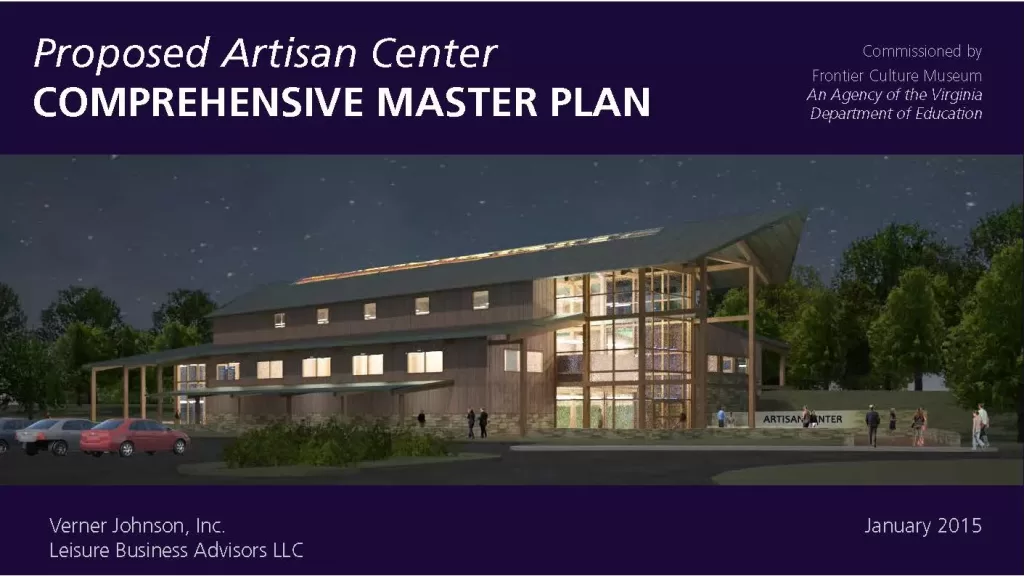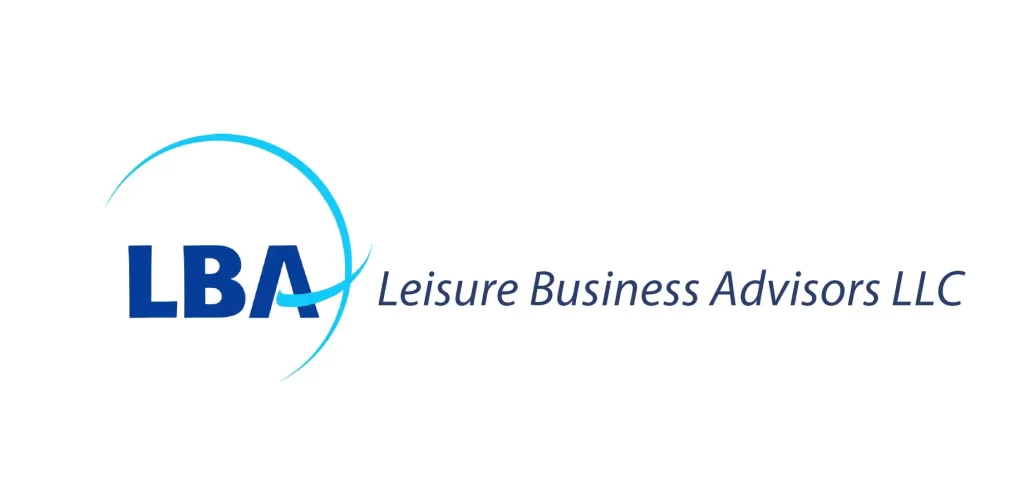Feasibility Studies
A Feasibility Study is often the most important aspect of the early museum planning process. It is typically the first step, helping to establish the parameters for design, construction, and operations. It evaluates potential market support and forecasts annual attendance. It determines potential financial performance and the appropriate level of capital investment. The these studies provide the financial basis for detailed physical planning parameters.


Economics Expert Collaborators
VernerJohnson’s team includes Economics Experts who participate in all phases of the Museum Planning and Feasibility Studies. We most often collaborate with Leisure Business Advisors on our most recent projects. Leisure Business Advisors LLC (LBA) is a consulting firm that assists developers and operators worldwide for a variety of large and small-scale attractions. John Gerner, LBA’s managing director, has been a recognized leisure industry and museum sector expert for more than 30 years.
LBA’s Feasibility Process
The following paragraphs outline the major tasks typically involved in conducting a feasibility study.
Task 1: Orientation Meeting
An initial meeting would be held to discuss the project in more detail and to see the prospective site if one has been chosen.
Task 2: Site and Area Evaluation
The site and local area would be evaluated to determine its effect on potential usage. Factors include:
- Market proximity
- Physical limitations or constraints
- Access routes
- Traffic patterns
- Surrounding development
- Potential complementary and competitive facilities
Task 3: Concept Description and Industry Trends
The type of leisure business being studied would be described and industry trends discussed. Readers of the feasibility study may be unfamiliar with the concept and this section of the report provides an introduction before specific project-related issues are examined.
Task 4: Market Analysis
The market areas would be defined based on distance from the site. Demographic characteristics for the resident market would be analyzed to provide an indication of support. This would typically include:
- Population growth
- Age distribution
- Income distribution
The tourist market would be defined and analyzed. Based on available information, this analysis would likely examine:
- Current size
- Historic growth
- Other characteristics
Task 5: Evaluation of Comparable Facilities
Selected comparable facilities would be examined. Available reported information would be provided on individual characteristics, including:
- Name and location
- Physical description
- Financial performance
- Development costs
Task 6: Annual Usage
Potential annual usage for the proposed facility would be estimated for the first five years of operation based on a number of factors, including:
- Planned components
- Size of the available markets
- Qualitative market characteristics
- Market performance achieved by comparable facilities
- Location and potential competition
Task 7: Physical Planning and Concept Development
LBA would make physical planning recommendations needed to service expected market demand. The specific parameters vary from one leisure attraction to another. Physical planning parameters may include:
- Recommended types of activities
- Recommended mix and sizing
- Recommended visitor service space
- Minimum land area or building space needed
Initial conceptual efforts may also be provided. These could include:
- Functional layout diagram for the new leisure attraction
- Narrative description of a typical visit from the perspective of a typical family
- 3D computer graphics visualizations of selected activities
The final report could also include a video presenting the results of the feasibility study with a “fly-through” or “walk through” computer animation of part of the new leisure attraction.
Task 8: Financial Analysis
The financial analysis for the proposed facility would be based on the selected concept and potential usage. Financial estimates for the first five years of operations would include:
- Revenues by category
- Operating expenses
- Operating profit or surplus
- Return-on-investment for equity investors, if applicable
Task 9: Warranted and Typical Development Cost
LBA would determine the warranted development cost or investment based on potential profitability. This is the recommended maximum amount that should be spent to effectively develop the project and return a reasonable return-on-investment to equity investors. This warranted amount would be compared to the actual development costs for other comparable facilities. Relative size would be taken into consideration. This comparison would provide guidance as to whether the proposed project could be developed for its warranted investment. If it can be, the project is considered financially feasible.
